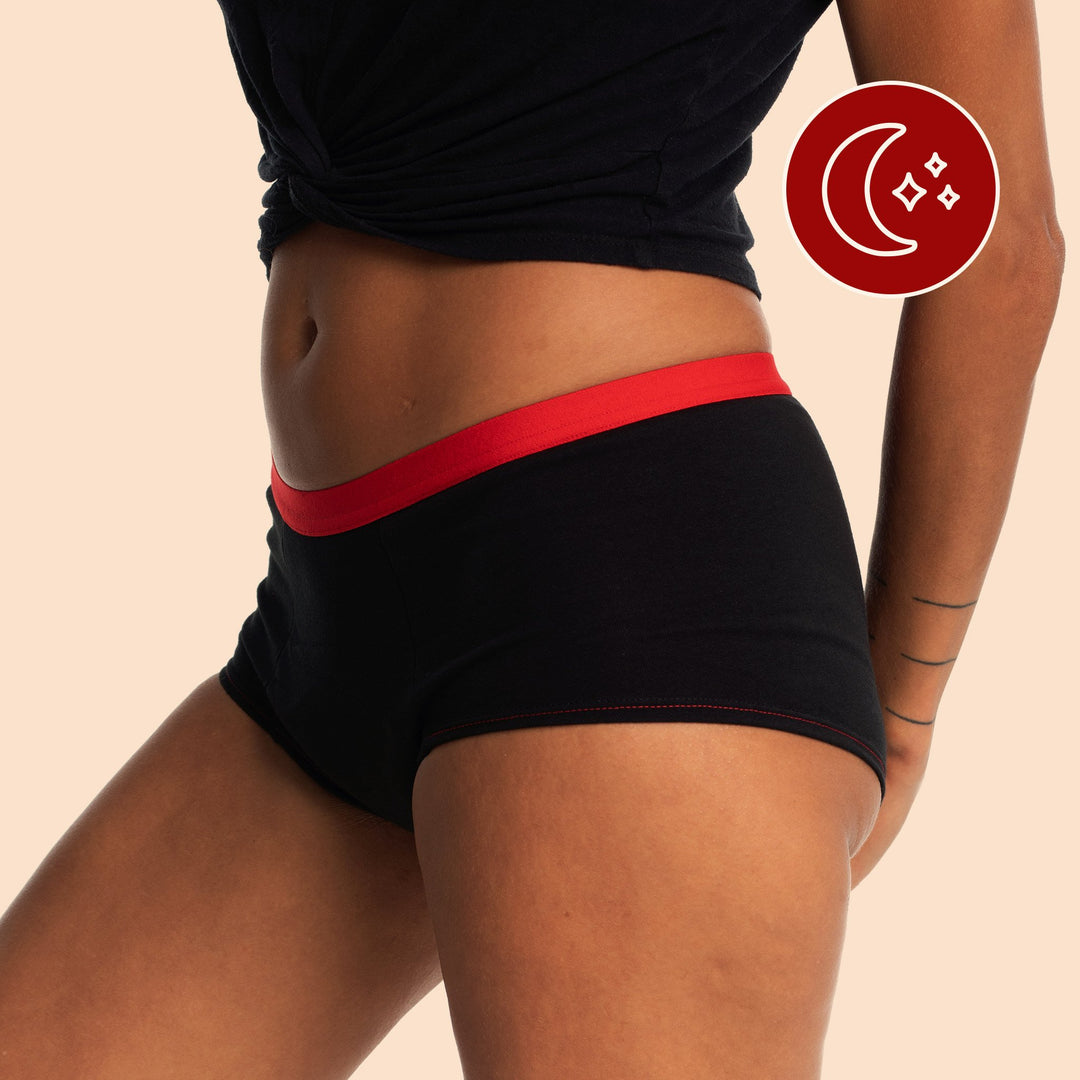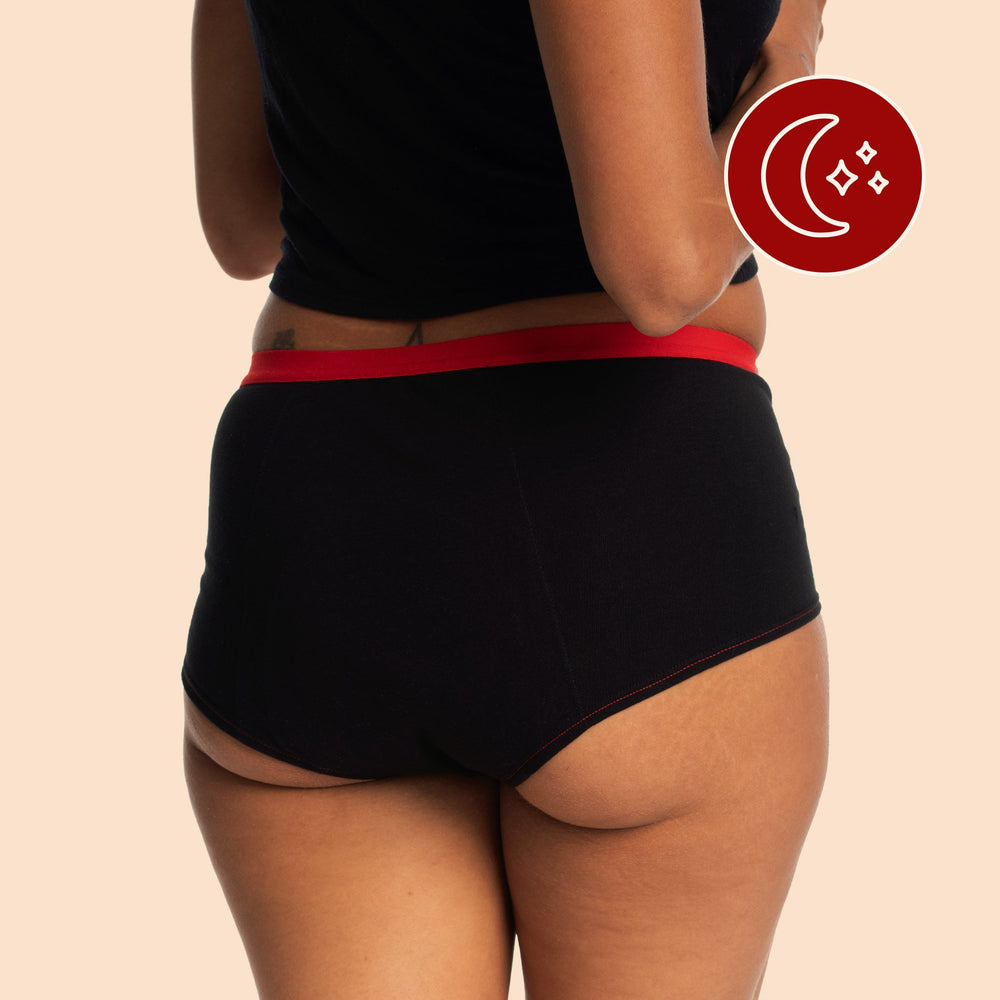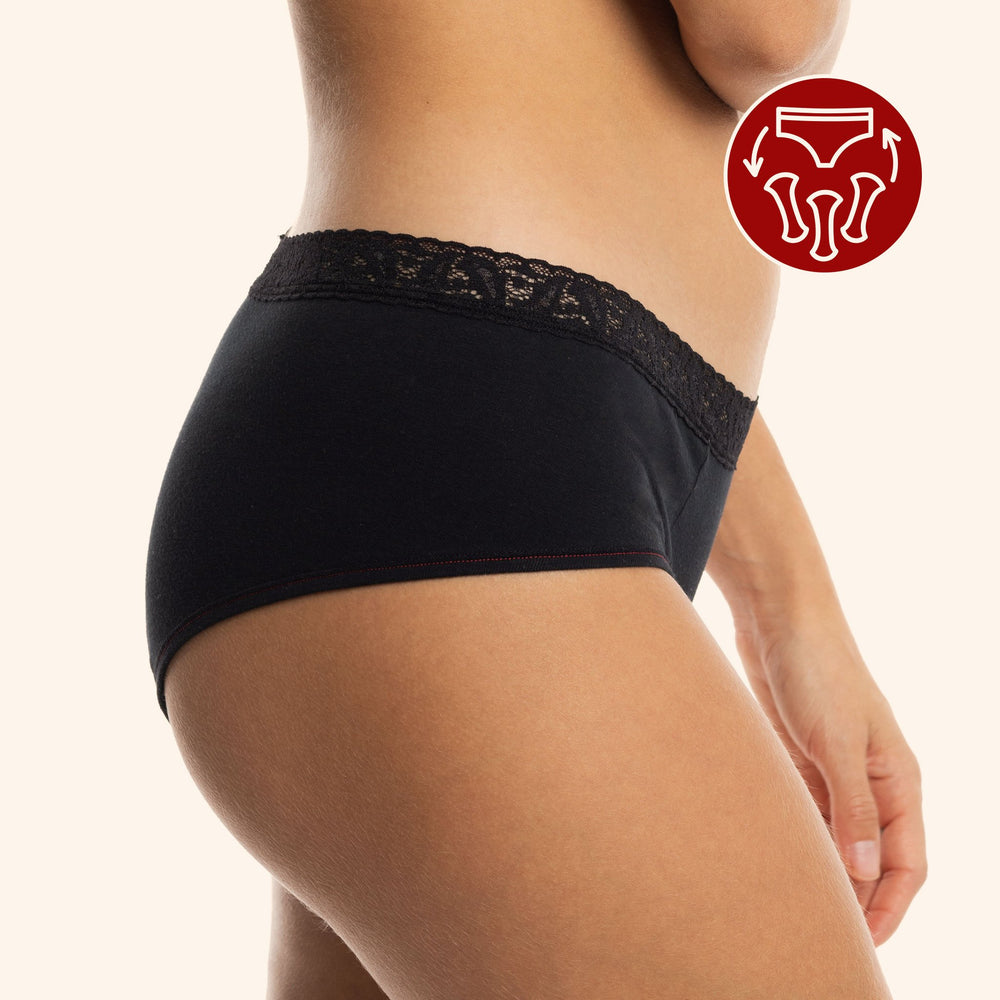
Once upon a time, there was my pelvic floor in a CrossFit class.
In the old days (last year), I was 31 years old. I remember that beautiful, vanilla-colored day so well ... That day, in my CrossFit class, we were skipping rope an exercise that consisted, for me, of sweating my elbows and whipping my hocks into shape with a little plastic rope. Being on an “impressive roll,” I was surprised to feel the fluids from my digestion being released against my will in the middle of the class (in short, peeing myself in public). (For your information, me and my ego continued the training until the end. We’re pretty tough, after all!)
My urinary and reproductive systems have not yet been redecorated by multiple deliveries or even age. That's why I was astonished, or perhaps it was the discomfort ...

Anyways!
To make a long story short, following this plumbing incident, I wanted to get to the bottom of why my pipe was leaking. So we recruited the perineum expert, Kimberly, to get us started on the subject! (For the most dyslexic among us: don’t confuse perineum with Pyrenees. We’re talking about bladder weakness, not mountains.) Kimberly will take us “down there,” inside our bodies, to discover mysterious places and words such as “pelvic-perineal” ... !
Let the journey begin!
THE PELVIC FLOOR—WHEN EMBARRASSMENT AND DISCOMFORT HALT PREVENTION
First, in the Canadian health care system, much too often, women only learn about their pelvic floor after childbirth. This does not allow for any prevention. The lack of information related to the perineum (another name given to this anatomical region) may be explained by the fact that it has long been “taboo.” Indeed, the pudendal nerve, which innervates the muscles of this region, was called “shameful” in the old nomenclature. It’s not surprising that women delay seeking help or don’t consult a health professional at all, whether it be a doctor or a physiotherapist specializing in pelvic-perineal rehabilitation.
Dysfunctions aren’t just related to pregnancy:a woman should never have bladder weakness,(with a few exceptions, such as for neurological or oncological reasons).
WHY DO I NEED A PELVIC FLOOR?
Maybe you don't know it, but the pelvic floor is responsible for many VITAL functions, yes yes! The pelvic floor deserves to be studied, whether for:
- Sexual function
- The evacuation of stool, gas and urine
- Support
- Reproductive functions
What's the pelvic floor got in the belly ... technically speaking?
The pelvic floor is made up of the muscles at the base of the pelvis. They extend from the pubic area in front to the coccyx in back. These form a “hammock” that supports the pelvic organs and viscera. They contribute to lumbar, pelvic and sacroiliac stability. They also close the openings in the urethra, vagina and anus to hold urine, stool and gas.
THE ROLE OF THE PERINEUM IN URINARY INCONTINENCE.
How does continence work (holding back urine)?
To ensure urinary continence, the urethral sphincter, composed of two types of muscles, keeps the urethra closed by involuntary and voluntary control. Let's take a fictional character: for example, Sarah, an active 31-year-old woman. This will help give you some context and understand some of the basics.

If Sarah went to the toilet as soon as the need to urinate appeared, no voluntary check-up would be necessary: the urine would be retained without her thinking about it. . She would then go to the toilet calmly, the sphincter would relax, and the bladder would contract to eliminate the urine.
Fortunately, in a situation where she can’t go to the toilet, Sarah has a second muscle that makes up the sphincter and allows her to voluntarily keep her urethra closed, which delays urination (the action of urinating).

It is this muscle that she contracts when she has to hold back the urge in a CrossFit class, which is particularly useful for maintaining “social continence.” Indeed, it would not be practical to interrupt a class. The young woman waits until the end of class to go to the bathroom. However, this voluntary contraction can only be of short duration because it is a skeletal muscle, like the biceps. Imagine holding a 20-pound grocery bag for one hour: the biceps would eventually release and you’d spill the contents. So, you shouldn’t wait too long to go to the bathroom.
What is urinary incontinence?
Urinary incontinence is the involuntary loss of urine, no matter how much it is. In other words, it is bladder weakness that can represent a few drops, a few millilitres or the contents of the entire bladder. Many people think that leaks are due to the normal aging process or due to pregnancy. With a few exceptions, women should not experience urine leakage at any age.
What are the physiological causes of urinary incontinence?
- The pelvic floor can be hypertonic (very tense), hypotonic (very relaxed), weak (lack of strength) or lack coordination (the muscles don’t contract at the right time).
- Incontinence is usually associated with weakness, hypotonia and/or lack of coordination, but sometimes hypertonia can also lead to bladder weakness.
- Posture, breathing, lifestyle habits (diet, hydration, sleep and stress) and urination schedule (times chosen to urinate) influence the problem.Bladder weakness: a taboo?
There are 3.3 million Canadians with urinary incontinence[2] and only 1 in 4 people have discussed it with their doctor.[3]
One wonders why women don't talk to a health professional about it. This may be due to embarrassment, the perception that leaks are normal, as well as a lack of resources and knowledge.
This suggests that the problem may be even more common due to the reasons above.

Types of urinary incontinence
There are two main types of urinary incontinence, namely urge and effort . Sometimes these two types coexist and give mixed incontinence.
Effort urinary incontinence :
The most frequent type is effort urinary incontinence, which affects 5 to 7 women out of 10 of all ages (de Gasquet, 2011). It is the unplanned loss of urine as a result of effort. For example, it happens to Sarah when she:
- Cough
- Sneezes
- Runs
- Skips rope at CrossFit ...
These activities increase intra-abdominal pressure, which in turn puts pressure on the bladder. To try to prevent these leaks, Sarah will go to the bathroom before these “efforts.”
However, since the bladder is never completely empty, there is a possibility of leaks, even if Sarah has just urinated. Going to the bathroom more frequently increases the number of urinations per day, which should be between five and eight.
Urge urinary incontinence :
Urge urinary incontinence is a sudden need or urge to urinate, leading to urinary loss. This happens to Sarah when she inserts her key into the lock (a typical and frequent occurrence).
Dramatic scenario:
After a busy day at work, Sarah doesn’t take the time to go to the bathroom, so her bladder is very full and begging to be emptied. She then feels discomfort in her lower abdomen and the need becomes urgent.
This is probably due to the fact that she knows that soon she will be able to empty her bladder. A few drops wet her panties (a few seconds too early... oops).
Finally, the door opens, and she can run to the toilet. Other situations can lead to emergencies, such as the sound of running water or stress (e.g. a first date in the cinema). The sensation felt is similar to the symptoms of a urinary tract infection, except that there’s no trace of it.
How to prevent these naughty and surprising leaks
Pelvic-perineal rehabilitation is a branch of physiotherapy that assesses musculoskeletal problems in the pelvic-perineal region.
It aims to normalize the strength, tone, flexibility and coordination of pelvic floor muscles. Without limiting itself to the perineum, a global approach takes into account the adjacent joint and muscle structures.
Since the perineum can’t function properly if posture and breathing are not adequate, several systems affect each other and must be addressed together. Your physiotherapist can advise you on lifestyle habits and answer your various questions as well.
In cases where you still have small leaks, Mme L'Ovary washable undies can be used in cases of mild incontinence (for all the small oops!). However, they are not suitable for severe urinary incontinence.
TALKING ABOUT IT, DOING IT AND EVALUATING IT IS THE KEY TO A HEALTHY PERINEUM!
Assessing and understanding the overall problem are vital. Professionals are trained to advise and support women in their approach. So, dear ones, don't hesitate to get a consultation and let's try to “de-taboo” bladder weakness and pelvic-perineal health for all women and men! A big thank you to Kimberly who made us travel to this remote and precious part of the body! I now understand that prevention is the key and that it is important to talk about it. In my experience, it is much more embarrassing for your faucet to leak in public than talking to a physiotherapist about it!
Sarah Bisson, corde-à-sauteuse professionnelle & Kimberly Lessard, msc pht, physiothérapeute en rééducation pelvi-périnéale

Feel free to contact Kimberly Lessard, MSc, PT, for any questions: kimberlylessard@biokin.ca, 418-654-9327
Link to the website of Physiotherapy Biokin: https://www.biokin.ca/entreprise/equipe/
Sources
1) De Gasquet, B. (2011) Périnée : arrêtons le massacre, Hachette/Marabout, Paris, 218 pages.
2) The Canadian Continence Foundation (Canada) What is Urinary Incontinence, Accessed at https://www.canadiancontinence.ca/FR/incontinence-urinaire.php, October 14, 2019.
3) Canadian Continence Foundation (Canada) FAQs, Accessed at https://www.canadiancontinence.ca/EN/frequently-asked-questions.php, October 14, 2019.
4) OPPQ. Perineal and Pelvic Rehabilitation: 5 False Beliefs. Retrieved from https://oppq.qc.ca/blogue/reeducation-perineale-et-pelvienne-fausses-croyances/, October 10, 2019.
























